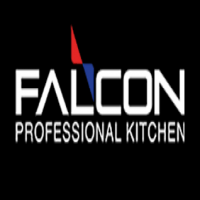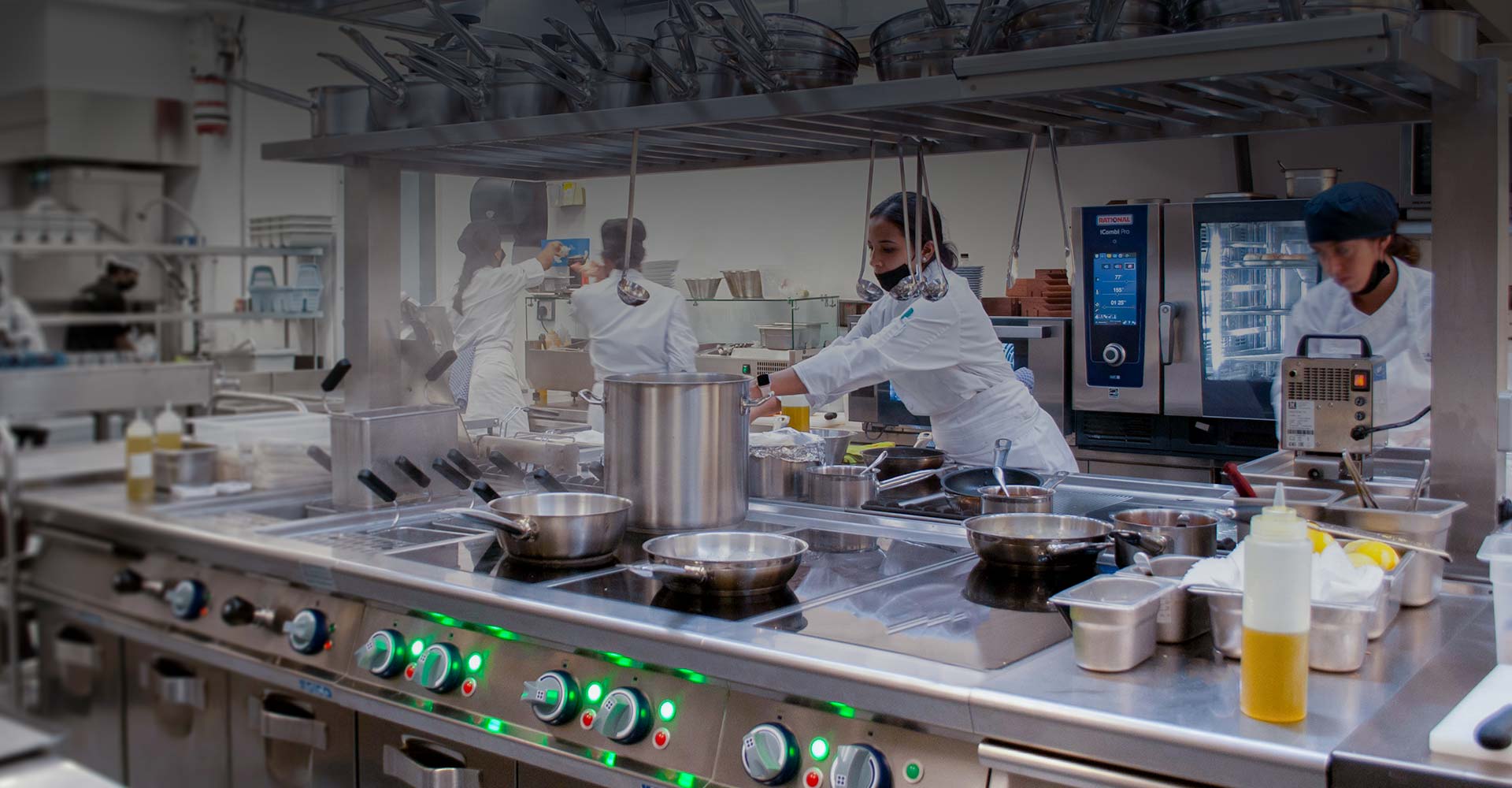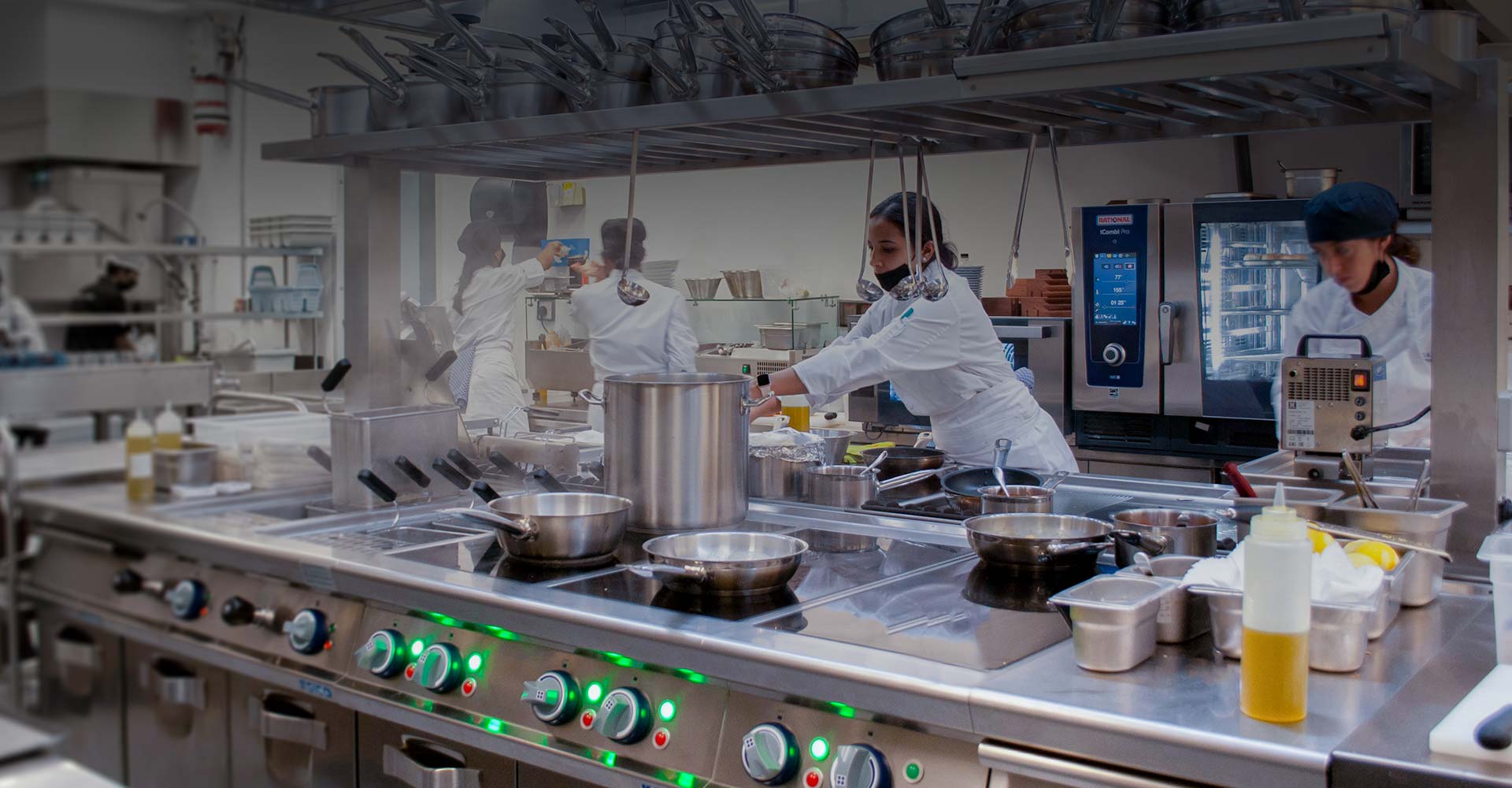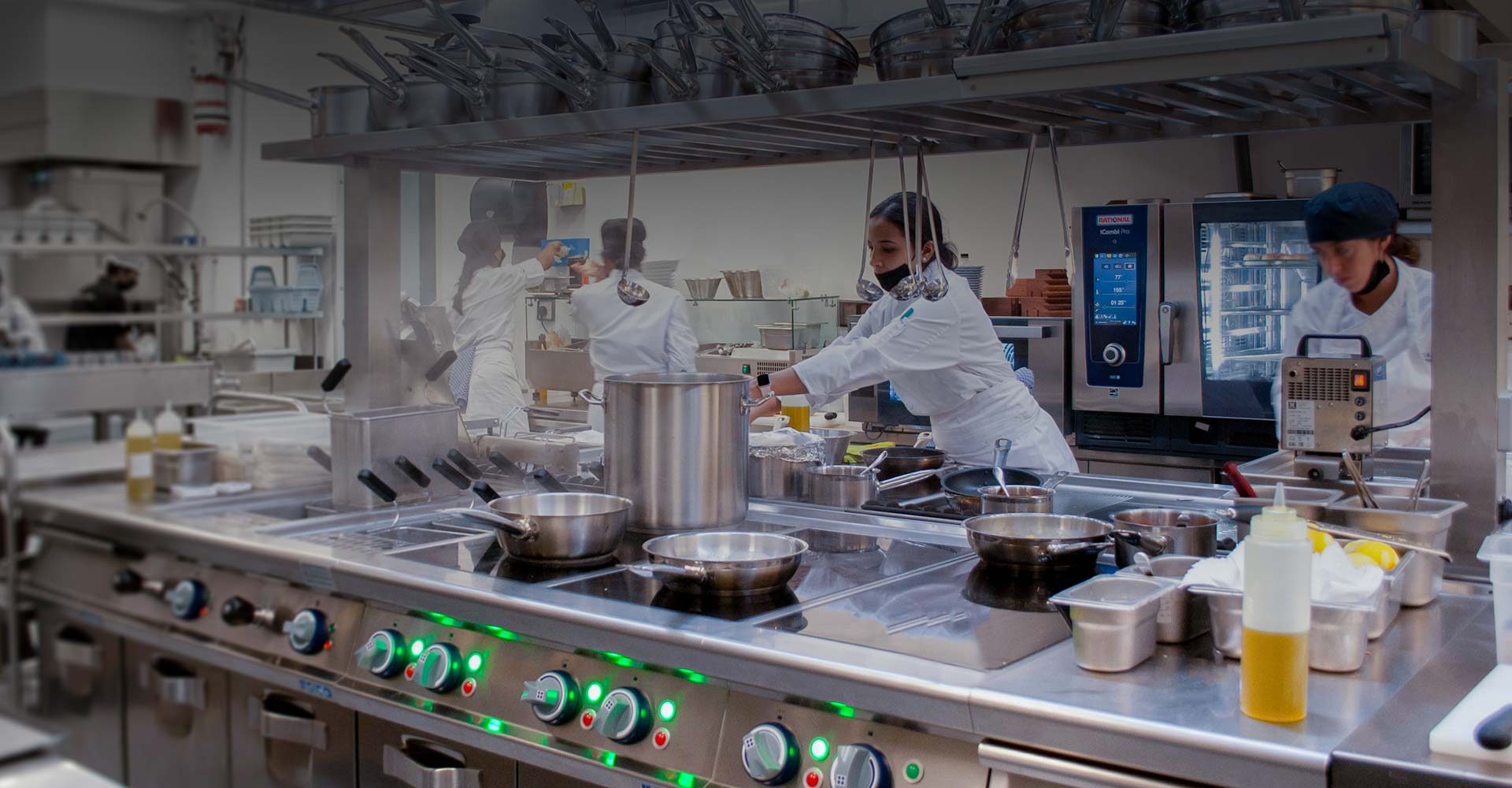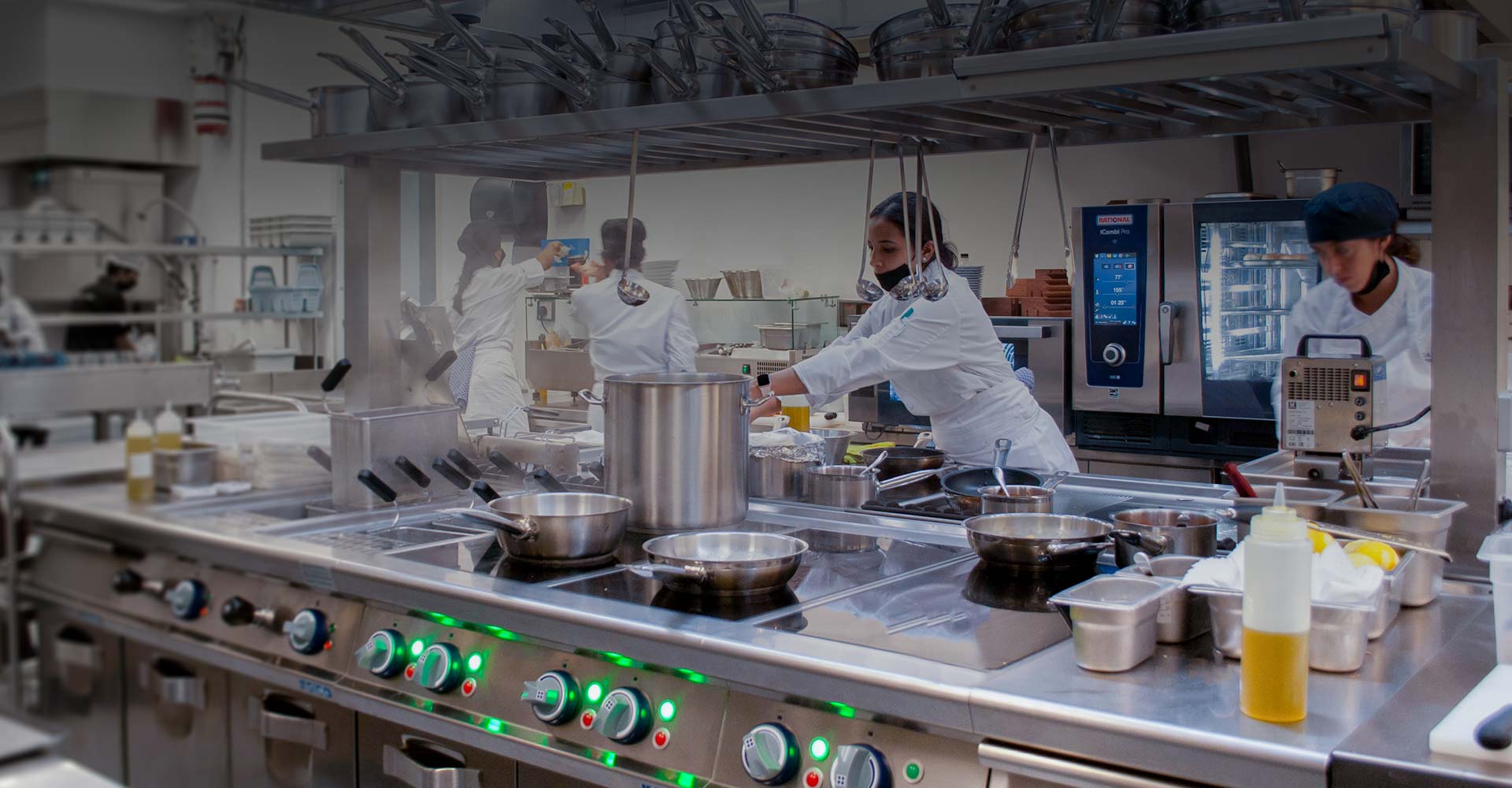How to Select the Best Professional Kitchen Equipment for Your Restaurant Layout
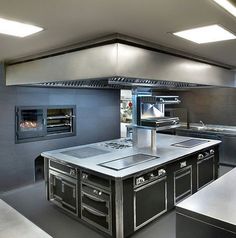
Strong 8k brings an ultra-HD IPTV experience to your living room and your pocket.
Creating a restaurant layout that is functional, efficient, and visually appealing can be challenging. But what truly brings this layout to life is the right choice of professional kitchen equipment. Every piece of equipment in a restaurant kitchen plays a role in the workflow, safety, and overall success of the business. So, how do you choose the best equipment to complement your unique kitchen layout? Let’s dive into everything you need to know to select professional kitchen equipment that fits seamlessly with your restaurant’s design and operational needs.
Why the Right Kitchen Equipment Matters for Your Layout
Think of your restaurant kitchen as the heart of your business. It’s where the magic happens! With the right layout and tools in place, your staff can work more effectively, ensuring faster service and happier customers. Having equipment that matches your kitchen’s flow is essential for minimizing back-and-forth movement, reducing prep times, and preventing bottlenecks during peak hours.
Imagine a chef who can access all necessary tools without needing to cross the entire kitchen. A well-thought-out layout with optimized equipment placement doesn’t just increase efficiency—it enhances safety and improves the quality of food as well. With that said, selecting the right equipment is much more than just filling up space; it’s about ensuring a smooth workflow and supporting your culinary vision.
1. Assess Your Space and Layout Design
Before you even start shopping for equipment, take a close look at your restaurant’s kitchen space and layout design. Here are some practical steps to consider:
a) Identify Your Kitchen Zones
Divide your kitchen into zones based on the different activities that occur, such as cooking, prep, storage, and dishwashing. Each zone will have different equipment requirements. For example, the cooking zone might need stoves, ovens, and fryers, while the prep zone could include worktables, food processors, and mixers. By grouping similar tasks together, you can create a layout that supports a logical workflow.
b) Measure Twice, Buy Once
In any kitchen, but especially a commercial one, space is at a premium. Measure each area carefully to ensure you’re not ordering equipment that won’t fit. Keep in mind that the kitchen should allow for safe and efficient movement, so factor in enough space for staff to navigate between zones without crowding.
c) Think About Future Expansion
You might start small, but if you plan to expand your menu or grow your business, consider how your equipment will fit into a potentially larger operation. Opting for modular equipment that can be easily expanded or rearranged as your needs change could save you from a costly reconfiguration down the line.
2. Choose Equipment Based on Your Menu Needs
Your restaurant’s menu is like its personality—unique, enticing, and essential for attracting customers. The equipment you choose should support the types of food you’re creating.
a) Specialized Equipment for Signature Dishes
If you’re running an Italian restaurant, a top-quality pasta cooker or pizza oven might be essential. For a bakery, high-capacity ovens and dough mixers are non-negotiable. Tailoring your equipment to your menu ensures your team has the tools they need to produce your dishes consistently and efficiently.
b) Multi-Functional Equipment for Versatile Menus
If your restaurant offers a wide variety of dishes, consider investing in versatile, multi-functional equipment that can handle multiple tasks. For instance, combination ovens, which can steam, roast, and bake, are ideal for kitchens with diverse menus. Multi-functional equipment not only saves space but also reduces the need for multiple appliances, making it easier to manage and maintain.
For more insights into essential equipment choices, check out this guide on quality kitchen equipment for Dubai’s fine dining sector.
3. Look for Energy Efficiency and Durability
With utility costs always on the rise, energy-efficient kitchen equipment can save your restaurant a substantial amount of money. Durable equipment also means fewer repairs and replacements, which contributes to long-term cost savings.
a) Energy Star Ratings and Efficiency Features
Look for equipment that has an Energy Star rating, as these appliances are certified to consume less energy without compromising performance. Some manufacturers design equipment with insulation and advanced controls that minimize energy usage. For example, an energy-efficient refrigerator will maintain consistent cooling without using as much power, which can reduce electricity bills.
b) Heavy-Duty Equipment for Long-Term Use
Commercial kitchens can be tough on equipment. Opt for heavy-duty models that can withstand the rigors of a busy kitchen environment. High-quality materials like stainless steel are not only durable but also easy to clean and maintain, making them ideal for commercial use.
4. Prioritize Safety and Sanitation Standards
In a professional kitchen, safety and cleanliness are paramount. Choosing equipment with built-in safety features and easy-to-clean surfaces helps maintain a hygienic and safe working environment.
a) Non-Slip Surfaces and Ergonomic Designs
From cutting boards to countertops, non-slip surfaces reduce the risk of accidents by providing better grip and stability. Additionally, ergonomic designs minimize the strain on staff, allowing them to work comfortably even during long shifts. Non-slip mats, ergonomic handles, and adjustable-height workstations can make a significant difference in daily operations.
b) Equipment with Antimicrobial and Easy-to-Clean Surfaces
Food safety is non-negotiable. Choose equipment with antimicrobial surfaces, which help prevent the growth of bacteria and make cleaning easier. Equipment with minimal grooves and crevices will reduce the chances of food and grime getting stuck, making cleaning more efficient and thorough.
5. Consider the Ease of Maintenance and Repairs
No one wants to deal with broken equipment during a dinner rush, right? Prioritizing equipment that’s easy to maintain and repair can help prevent unexpected disruptions. Here are a few things to look out for:
a) Readily Available Parts and Support
Opt for brands that offer easy access to replacement parts and have strong customer support. This ensures that, in the event of a breakdown, you can quickly source the necessary parts without prolonged downtime.
b) Routine Maintenance Features
Some equipment comes with built-in maintenance alerts or self-cleaning functions, which can save time and reduce the risk of breakdowns. For example, certain ovens have self-cleaning modes that make end-of-day clean-up much faster and more manageable.
6. Stick to Your Budget While Prioritizing Quality
Balancing your budget while investing in professional kitchen equipment can be tricky. While it’s tempting to cut costs by choosing cheaper models, lower-quality equipment often requires frequent repairs and replacements. Consider your equipment as an investment in your restaurant’s future.
a) Compare Warranties and Support Plans
Manufacturers often offer extended warranties or support plans, which can add value to your purchase. These plans provide peace of mind, knowing you have support if any issues arise. Comparing warranties across brands can also help you find equipment that offers the best long-term value.
b) Lease or Buy?
Depending on your budget and restaurant needs, leasing equipment could be a smart option. Leasing allows you to get high-quality equipment with lower upfront costs, which might be beneficial for new businesses or those expanding their services. However, purchasing might make more sense for long-term investments, as you’ll own the equipment outright.
For further insights on budgeting and planning for a restaurant setup, here’s a useful resource on starting a coffee shop.
Conclusion: Choosing Equipment for a Layout That Works
Selecting the right professional kitchen equipment for your restaurant’s layout is one of the most impactful decisions you’ll make. By assessing your space, aligning your equipment with your menu, and prioritizing energy efficiency, safety, and maintenance, you’re setting your restaurant up for long-term success. Remember, your kitchen layout and equipment should be tailored to your unique needs and operational flow.
Whether you’re opening a new restaurant or revamping an existing one, choosing equipment thoughtfully will ensure your kitchen operates like a well-oiled machine. Investing in the best tools isn’t just about getting the job done; it’s about creating a space where your staff can thrive and your food can shine
Note: IndiBlogHub features both user-submitted and editorial content. We do not verify third-party contributions. Read our Disclaimer and Privacy Policyfor details.

